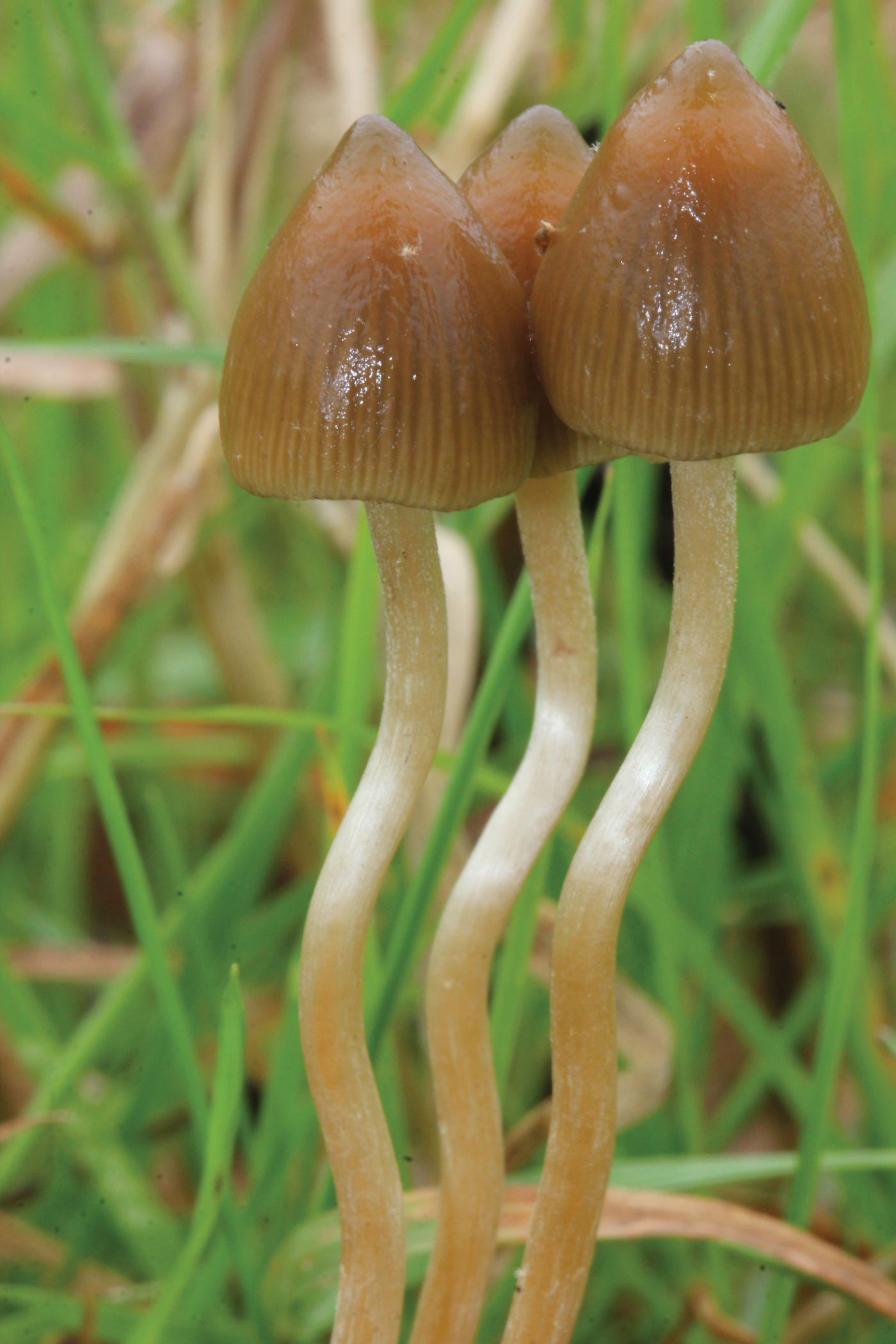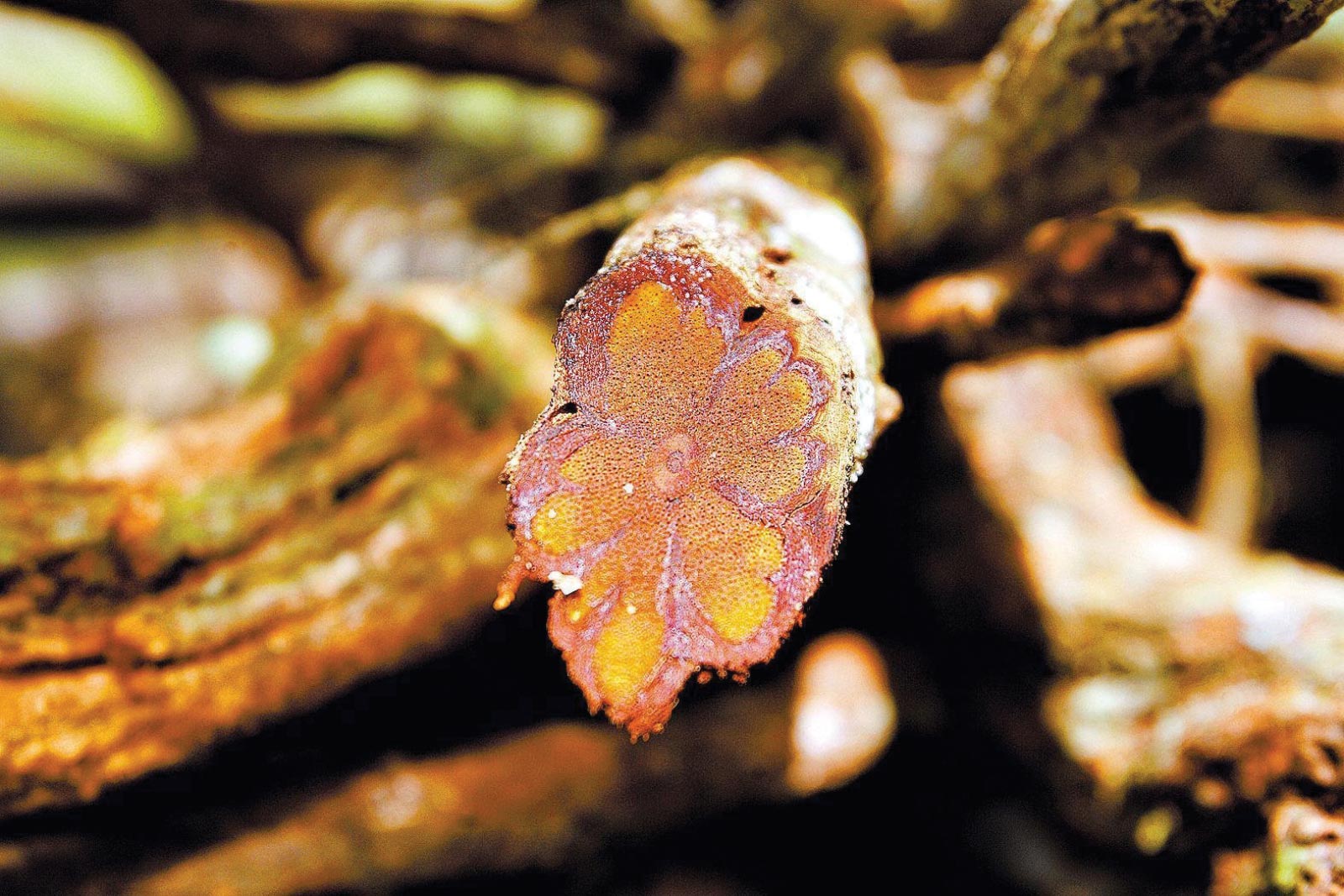Every now and then there is a wave of optimism—which is almost always quelled somehow—about the possibility of using psychedelic compounds to treat mental health problems. Extracted from plants or synthesized in a laboratory, these substances often alter the user’s emotions and perception of reality, and can cause a sense of well-being, although they can also occasionally cause feelings of anxiety. Their recreational use among counterculture movements in the 1960s resulted in many countries making the compounds illegal. There are some, however, that allow restricted use in research. The current wave of enthusiasm has gained momentum in recent years thanks to a series of promising results from well-planned and rigorous studies, although often with a small number of participants, that have assessed the safety and efficacy of psychedelics—some natural, such as psilocybin and ayahuasca, and others synthetic, such as ketamine.
“Psychiatry needs new drugs because many existing medicines are not effective against certain cases of depression,” says psychiatrist Jaime Hallak, a professor at the University of São Paulo in Ribeirão Preto (USP-RP), who leads a research network that is investigating the therapeutic potential of psychedelic substances. One of the compounds studied by the group is ayahuasca, produced by cooking the leaves of the Psychotria viridis shrub, known as chacrona, and the bark of the Banisteriopsis caapi vine, also called mariri. Originally used in spiritual healing rituals by indigenous peoples from the Amazon basin, several religious sects started by rubber tappers from the 1930s onward—Santo Daime and União do Vegetal in Acre and Barquinha in Rondônia—also began using ayahuasca ceremonially. In the 1980s, people in other parts of the world began drinking the concoction recreationally. In Brazil, it has been legal for ritual use since 1987. More recently, scientists have been analyzing the potential antidepressant properties of the beverage, although it is still a long way from being recommended as a treatment option.
• Battling persistent depression
In one of their most recent studies, Hallak and his research team worked with neuroscientist Dráulio Barros de Araújo of the Federal University of Rio Grande do Norte (UFRN) to evaluate the antidepressant properties of a single dose of ayahuasca in patients with severe depression who did not respond to existing medicines. In the experiment, conducted at the Onofre Lopes University Hospital in Natal, 29 people were randomly given either ayahuasca tea or a non-pharmacological placebo that was formulated to taste and look just like the psychedelic drink. The researchers performed a series of psychological and physiological exams before, during, and for a week after treatment (14 participants took ayahuasca and 15 had the placebo), as well as magnetic resonance imaging to assess changes in brain function. During the experiment, neither the researchers nor the participants knew who had been given ayahuasca and who had the placebo—known as a double-blind trial.
Symptoms of depression were reduced in both groups after the experiment, with a significantly greater improvement among those who took ayahuasca. The difference was most apparent on the seventh day after treatment: about 60% of those given the ayahuasca tea reported that their symptoms had reduced by 50% or more, compared to 27% in the placebo group. Half of the participants in the first group were completely free of symptoms, compared to just 10% in the control group, according to an article published online in the journal Psychological Medicine in June 2018. “As far as we know, this is the first placebo-controlled clinical trial ever performed with ayahuasca,” says Araújo, who has tried the drink himself a few times.

Alan Rockefeller/Wikipedia
The mushrooms that produce psilocybinAlan Rockefeller/WikipediaAraújo first became interested in studying ayahuasca in 2005, when he transitioned from his previous field of study (physics) to neuroscience. Together with Hallak, he conducted a study that they described in the journal Human Brain Mapping in 2012. The two researchers took MRI scans of the brains of 12 habitual ayahuasca users shortly after they had consumed the drink. The participants were asked to look at certain pictures and then close their eyes. Under the influence of ayahuasca, the region of the brain responsible for visual processing remained active even when their eyes were closed. This could help to explain the visions many people experience after consuming the substance. Usually, when a person’s eyes are closed, this area of the brain is less active.
Two other MRI studies may explain why frequent ayahuasca users seem more self-aware during the tests. In one, UFRN neuroscientist Fernanda Palhano-Fontes observed that after consuming the compound, people have less activity in the region of the brain associated with wandering or brooding thoughts, which are common in sufferers of depression. According to the researchers, the results support the idea that an altered state of consciousness is linked to modulation of this brain area.
Emotion and mood control
In another experiment, published in the Journal of Clinical Psychopharmacology in 2016, Hallak and his team gave ayahuasca to 17 people with refractory depression (in which symptoms do not respond to existing treatment options) who had never before consumed the drink. Images taken eight hours after ingestion showed increased activity in three areas of the brain responsible for emotion and mood control (the nucleus accumbens, the right insula, and the left subgenual area)—common antidepressants also act on these regions, but they take longer to have an effect. Mood assessments performed on the day and over the following three weeks showed a significant reduction of depressive symptoms by the 21st day. “Ayahuasca appears to act as a double antidepressant, reducing the degradation of serotonin and stimulating its receptors,” explains pharmacologist Rafael Guimarães dos Santos, from the USP-RP team. “These receptors control emotions and neuroplasticity.”
Despite the encouraging results, there is not yet enough information to recommend the drug as a potential treatment for depression. There is a lack of data on appropriate therapeutic dosages and long-term safety. There is also a need for much longer placebo-controlled studies with a greater number of participants. Even if such experiments are performed, Hallak has doubts about ayahuasca ever becoming a widespread treatment option. “Ayahuasca is similar in many ways to herbal medicines, but it is more complex to consistently produce with the desired concentration of the active ingredients,” he says.
Project
INCT 2014: Translational medicine (nº 14/50891-1); Grant Mechanism Thematic Project; Principal Investigator Jaime Eduardo Cecilio Hallak (USP); Investment R$2,934,549.57 (for the entire project).
Scientific articles
PALHANO-FONTES, F. et al. Rapid antidepressant effects of the psychedelic ayahuasca in treatment-resistant depression: A randomized placebo-controlled trial. Psychological Medicine. On-line. 15 jun. 2018.
DE ARAUJO, D. B. et al. Seeing with the eyes shut: neural basis of enhanced imagery following ayahuasca ingestion. Human Brain Mapping. v. 33, p. 2550-60. 2012.
SANCHES, R. F. et al. Antidepressant Effects of a Single Dose of Ayahuasca in Patients With Recurrent Depression: A SPECT Study. Journal of Clinical Psychopharmacology. v. 36, n. 1, p. 77-81. Fev. 2016.
SCHENBERG, E. E. Psychedelic-assisted psychotherapy: a paradigm shift in psychiatric research and development. Frontiers in Pharmacology. 5 Jul. 2018.
Republish
